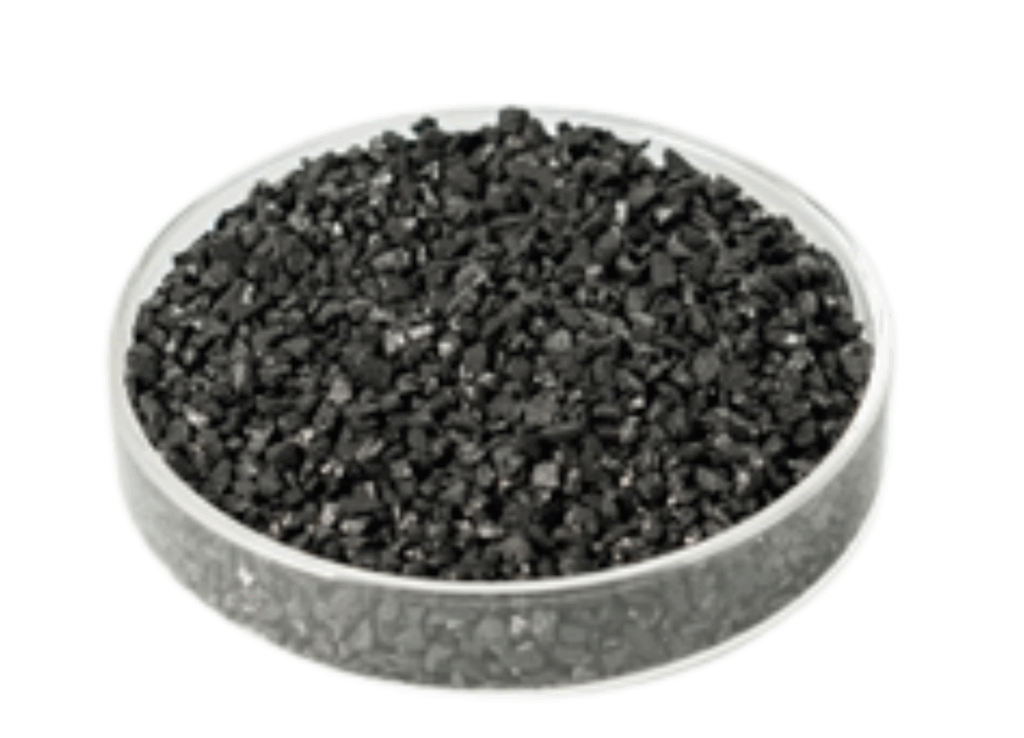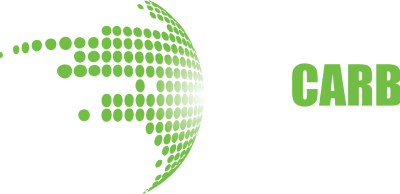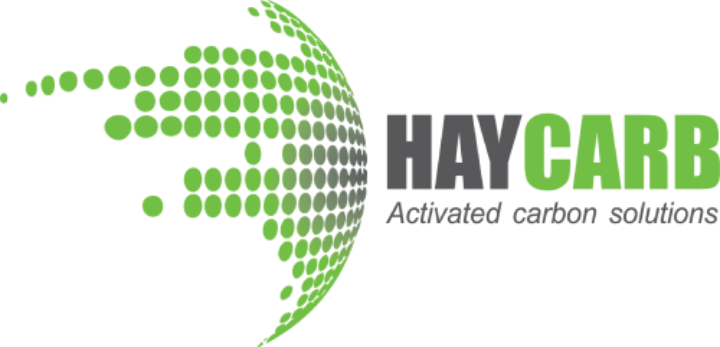
When you take a sip of water, the last thing on your mind is the possibility of invisible contaminants. Yet, across the globe, scientists are uncovering traces of “forever chemicals”, a group of synthetic compounds known as PFAS (per- and polyfluoroalkyl substances) lurking in drinking water sources. Used for decades in everyday products, PFAS have earned their nickname because they resist breaking down in the environment, accumulating instead in water, soil, and even the human body.
Their persistence has made PFAS one of the most pressing environmental and public health concerns of our time. Governments are tightening regulations, communities are demanding action, and innovators are turning to advanced treatment solutions like granular activated carbon PFAS systems to address the challenge.
At Haycarb, we see this not just as a scientific issue, but as a shared global responsibility. Through decades of material science expertise and sustainable innovation, we are helping utilities, industries, and communities worldwide build a future where clean, PFAS-free water becomes reality.
This article explores why PFAS matters, the risks they pose, how regulations are evolving, and the cutting-edge solutions that can help ensure safe water for all.
What Are PFAS?
PFAS refers to a large family of human-made chemicals – over 7,000 compounds that have been manufactured and used globally since the 1940s.
Over decades of widespread use, PFAS have gradually entered natural water systems through industrial discharge, landfill leachate, wastewater, and atmospheric deposition. Once released, they do not readily degrade, instead persisting in groundwater, surface water, and even treated drinking water. Their exceptional chemical stability allows them to travel long distances and accumulate over time, making water bodies one of the most affected environmental receptors. This persistence has prompted global PFAS regulatory standards and action, with stringent limits now being set to safeguard public health and ensure access to clean, PFAS-free water.
Why is PFAS a Concern?
The same chemical stability that makes PFAS valuable in manufacturing also makes them a persistent environmental threat. These compounds resist natural degradation, allowing them to accumulate in soil, groundwater, and even human tissue. Highly mobile, PFAS can spread easily through water systems, leading to widespread contamination. Studies have linked long-term exposure to potential PFAS health risks such as liver damage, elevated cholesterol, weakened immune response, developmental effects, and certain cancers. Growing evidence from global and regional studies shows that PFAS are now a significant water quality concern, particularly near industrial and landfill sites. At Haycarb, continuous R&D collaborations and analytical partnerships enable us to refine our Activated Carbon for PFAS Removal solutions to effectively target real-world challenges across municipal, industrial, and groundwater applications.
The Science Behind Removing PFAS from Drinking Water
PFAS are exceptionally stable compounds that resist breakdown through conventional treatment methods, requiring advanced technologies for effective removal. Among the most proven solutions are Granular Activated Carbon (GAC), Powdered Activated Carbon (PAC) and types of Ion Exchange Resins. Activated Carbon adsorbs PFAS molecules on the surfaces of high porous carbon and are preferentially for long-chain compounds such as PFOA and PFOS. Haycarb’s coconut shell–based GAC delivers superior porosity and durability, ensuring strong PFAS adsorption efficiency with regeneration option offering long operational life across varied water chemistries. Ion exchange resins, on the other hand, target a broader range of PFAS, including shorter-chain variants, and are often used in combination with GAC for enhanced system efficiency. Through global collaborations, Haycarb helps design optimized hybrid solutions that ensure comprehensive PFAS mitigation solutions across industrial and municipal applications.
Testing PFAS Removal Under Different Conditions
PFAS treatment performance is evaluated through multiple testing stages to ensure reliability and scalability:
- Laboratory Testing – Conducted under controlled conditions to study adsorption behavior, breakthrough curves, and determine suitable media types.
- Pilot-Scale Testing – Simulates real-world parameters such as flow rate, contact time, and water chemistry to validate lab results and optimize system design.
- Field Testing – Performed at full-scale treatment sites to assess long-term performance, media life, and operational stability under actual environmental conditions.
Why Pilot Testing is Important Before Moving into Larger Systems
- Performance Validation – Confirms that lab-scale results hold true under real-world flow conditions and variable water chemistries.
- System Optimization – Helps fine-tune design parameters such as bed depth, contact time, and media selection for maximum PFAS removal efficiency.
- Cost Efficiency – Identifies potential operational challenges early, minimizing the risk of costly redesigns or underperformance at full scale.
- Operational Insights – Provides practical data on media exhaustion rates, regeneration cycles, and maintenance requirements.
- Regulatory Confidence – Demonstrates proven field performance to meet compliance standards and stakeholder expectations before full deployment.
Spent Media Handling and Reactivation
Activated carbon that has adsorbed PFAS must be handled with strict regulatory controls to prevent desorption and atmospheric release. Thermal reactivation at certified facilities operating above 1000 °C with proper off-gas scrubbing treatments and PFAS destruction efficiency of ≥99.99% is a proven method for safe treatment. Utilities and operators are required to maintain verified manifest chains and ensure compliance with EPA Method 537.1 disposal guidelines to guarantee environmentally responsible management of spent media.
Sustainability and Supply Assurance
Coconut shell–based granular activated carbon (GAC) is a renewable, bio-based material derived from agricultural by-products. Each ton of coconut carbon can avoid approximately 0.9 to 1.5 metric tons of CO₂ equivalent compared with coal-based alternatives. Haycarb’s multi-site production facilities and robust charcoal procurement network further enhance supply resilience while reducing the regional carbon footprint, supporting both sustainable operations and reliable availability for water treatment applications.
Haycarb’s Role – Delivering the ideal solution for your needs

- Developing high-performance activated carbons tailored for effective PFAS adsorption.
- Supporting utilities and industries with sustainable regeneration solutions, reducing waste while maintaining efficiency.
- Partnering with stakeholders to implement robust, scalable treatment systems that meet regulatory requirements.
The Haycarb team provides technical assistance to evaluate and understand the practical implementation of PFAS removal using activated carbon. Our support focuses on laboratory-scale assessments and guidance on potential field applications, helping to translate test results into practical treatment strategies.
FAQs
- What are PFAS and why are they called “forever chemicals”?
PFAS are a large group of synthetic chemicals used in various industries for their water- and oil-repellent properties. They are called “forever chemicals” because they are highly persistent in the environment and human body, resisting degradation over time.
- Where are PFAS commonly found?
PFAS can be found in a wide range of products, including nonstick cookware, water- and stain-resistant fabrics, firefighting foams, and some food packaging materials. They have also been detected in drinking water sources, soil, and wildlife.
- How do PFAS enter the environment?
PFAS enter the environment through industrial discharges, wastewater treatment plant effluents, landfill leachate and the use of firefighting foams etc. These sources contribute to widespread contamination of water bodies and soil.
- What are the health risks associated with PFAS exposure?
Long-term exposure to PFAS has been linked to various health issues, including liver damage, immune system suppression, developmental effects in children, and an increased risk of certain cancers.
- Can PFAS be removed from drinking water at home?
Some home water filtration systems, such as those using activated carbon or reverse osmosis, can reduce PFAS levels in drinking water. However, the effectiveness varies, and it’s important to choose certified systems designed for PFAS removal.
- What is being done to address PFAS contamination? Efforts to address PFAS contamination include implementing stricter regulations, developing advanced treatment technologies, conducting widespread monitoring, and promoting public awareness about the sources and risks of PFAS.
- Can boiling water remove PFAS?
No, boiling water does not remove PFAS. In fact, boiling can concentrate PFAS levels by evaporating water, leaving the chemicals behind. Advanced filtration methods are required to effectively reduce PFAS concentrations.
- Are there any natural sources of PFAS?
While PFAS are primarily man-made, trace amounts have been found in some natural sources due to environmental contamination. However, the levels are typically much lower compared to those found in areas with significant industrial activity.
- What are the challenges in regulating PFAS?
Challenges include the large number of PFAS compounds, their widespread presence in the environment, the complexity of detecting and measuring low concentrations, and the need for standardized treatment methods across different regions.








